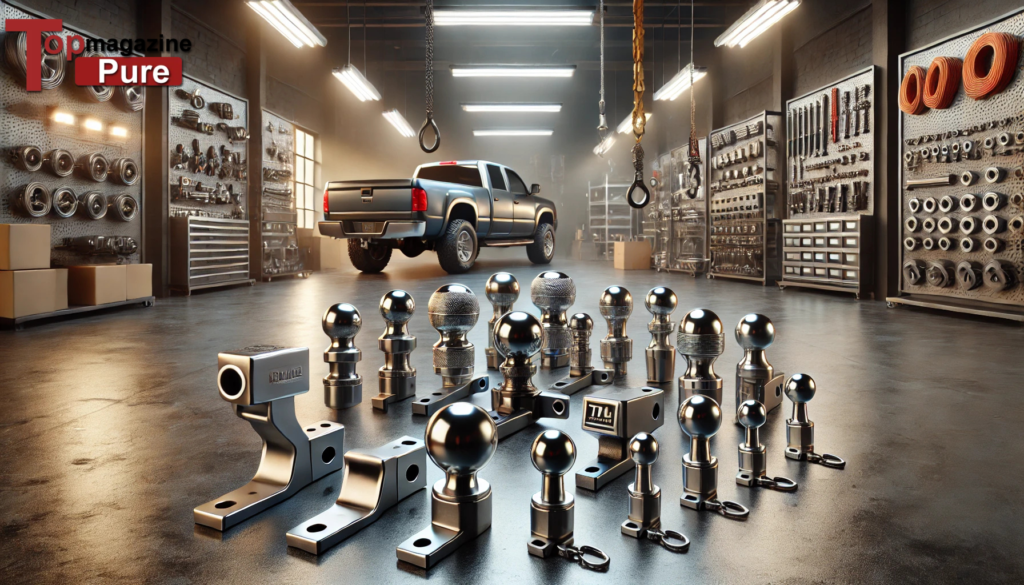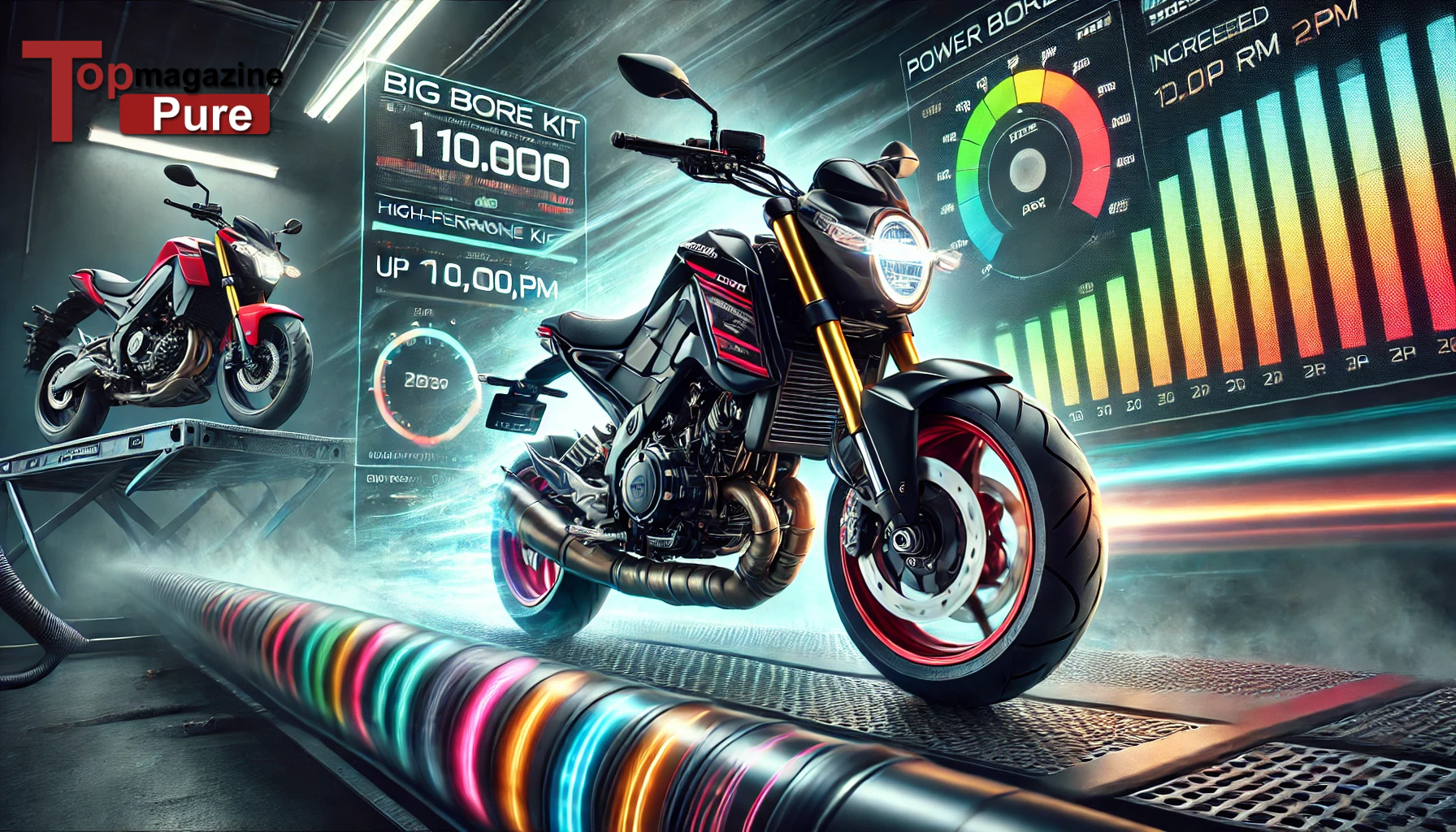If you’re in the market for automotive towing equipment, particularly hitches and balls, you’re likely searching for reliable, high-quality solutions that can help you safely and efficiently tow your trailer, boat, or cargo. In this article, we’ll provide a comprehensive guide to allinurl: automotive towing equipment hitches balls, explaining the key components, types, and how to select the right equipment for your needs.
What is Automotive Towing Equipment?
Automotive towing equipment includes the essential components required to tow a vehicle, trailer, or any other load. Two of the most critical elements in this system are hitches and balls, which are designed to create a safe and reliable connection between the towing vehicle and the towed load.
- Towing Hitch: A device mounted on the vehicle to provide a secure attachment point for the towing ball and the trailer or load.
- Towing Ball: A spherical attachment that fits into the towing hitch to connect the vehicle to the trailer.
Both hitches and balls are integral to the automotive towing system, and choosing the right equipment is essential for ensuring safety, stability, and effective towing.
Types of Automotive Towing Equipment: Hitches and Balls
There are several types of automotive towing equipment, especially hitches and balls, designed to meet various towing needs. Here’s an overview of the most popular options:
Receiver Hitches
Receiver hitches are the most common type of automotive towing equipment. These hitches attach to the vehicle’s frame and provide a stable connection point for towing accessories, including hitches and balls. There are different classes of receiver hitches, which vary depending on their towing capacity:
- Class I Hitch: For light-duty towing, ideal for smaller trailers and cargo carriers.
- Class II Hitch: Suitable for medium-duty towing, such as boats and utility trailers.
- Class III Hitch: Designed for heavy-duty towing, commonly used for SUVs and pickup trucks towing larger trailers.
- Class IV and V Hitches: These hitches are used for commercial and extra heavy-duty towing applications.
Gooseneck Hitches
For heavy-duty towing, particularly for commercial or agricultural purposes, gooseneck hitches are a preferred option. These hitches provide better weight distribution and offer a more secure connection between the towing vehicle and a large trailer. Gooseneck hitches are commonly used for horse trailers, flatbeds, and large utility trailers.
Fifth-Wheel Hitches
Fifth-wheel hitches are another heavy-duty option, designed for RV or camper towing. These hitches are mounted in the bed of a pickup truck and are ideal for fifth-wheel trailers, offering better weight distribution and stability compared to regular receiver hitches.
Towing Balls: Essential for Safe Towing
The towing ball is a crucial component in any automotive towing equipment setup. It provides the connection between the towing vehicle and the trailer, and it is important to choose the right size for your needs. The common sizes of towing balls include:
- 1-7/8-inch Ball: For light-duty trailers like motorcycles, jet skis, and small utility trailers.
- 2-inch Ball: The most common size for medium-duty towing, such as boat trailers and cargo carriers.
- 2-5/16-inch Ball: Used for heavy-duty towing applications like large trailers or fifth-wheel connections.
How to Choose the Right Automotive Towing Equipment: Hitches and Balls
Choosing the right automotive towing equipment is essential for both safety and efficiency. Here are some tips to help you select the correct hitch and towing ball for your needs:
- Check Towing Capacity: The hitch and ball must be rated for the weight of the load you intend to tow. Be sure to match the hitch and ball to the weight limits of your vehicle and trailer to avoid dangerous overloading.
- Vehicle Compatibility: Ensure that your vehicle is equipped with the appropriate towing hitch that supports the towing ball size and weight capacity required for your load.
- Consider Tongue Weight: Tongue weight is the downward force that the trailer exerts on the hitch. Make sure the hitch and ball are rated for the tongue weight of the trailer.
- Safety Features: Look for automotive towing equipment that includes additional safety features, such as sway control, brake controllers, or weight distribution systems, which can improve stability and handling when towing.
- Material and Durability: Hitches and towing balls are usually made of steel or alloy metals. For long-term use, choose corrosion-resistant materials that will stand up to the elements, especially if you’ll be towing in wet conditions.
Installation and Maintenance of Automotive Towing Equipment
Proper installation and routine maintenance of automotive towing equipment, including hitches and towing balls, are crucial for maintaining performance and safety.
- Installation: While receiver hitches are relatively easy to install, gooseneck and fifth-wheel hitches often require professional installation due to their complexity.
- Maintenance: Regularly inspect hitches and towing balls for any signs of wear, corrosion, or damage. Lubricating the towing ball can prevent rust and make it easier to hitch and unhitch the trailer.
Conclusion: Allinurl: Automotive Towing Equipment Hitches Balls
When it comes to safe and effective towing, automotive towing equipment, including hitches and towing balls, is absolutely essential. By choosing the right towing equipment, considering the vehicle’s towing capacity, and ensuring compatibility, you can enjoy safe and reliable towing experiences.
From receiver hitches to fifth-wheel hitches and gooseneck setups, there are many types of automotive towing equipment to choose from. Coupled with the appropriate towing ball size, you can ensure that your towing system is optimized for both safety and efficiency.







